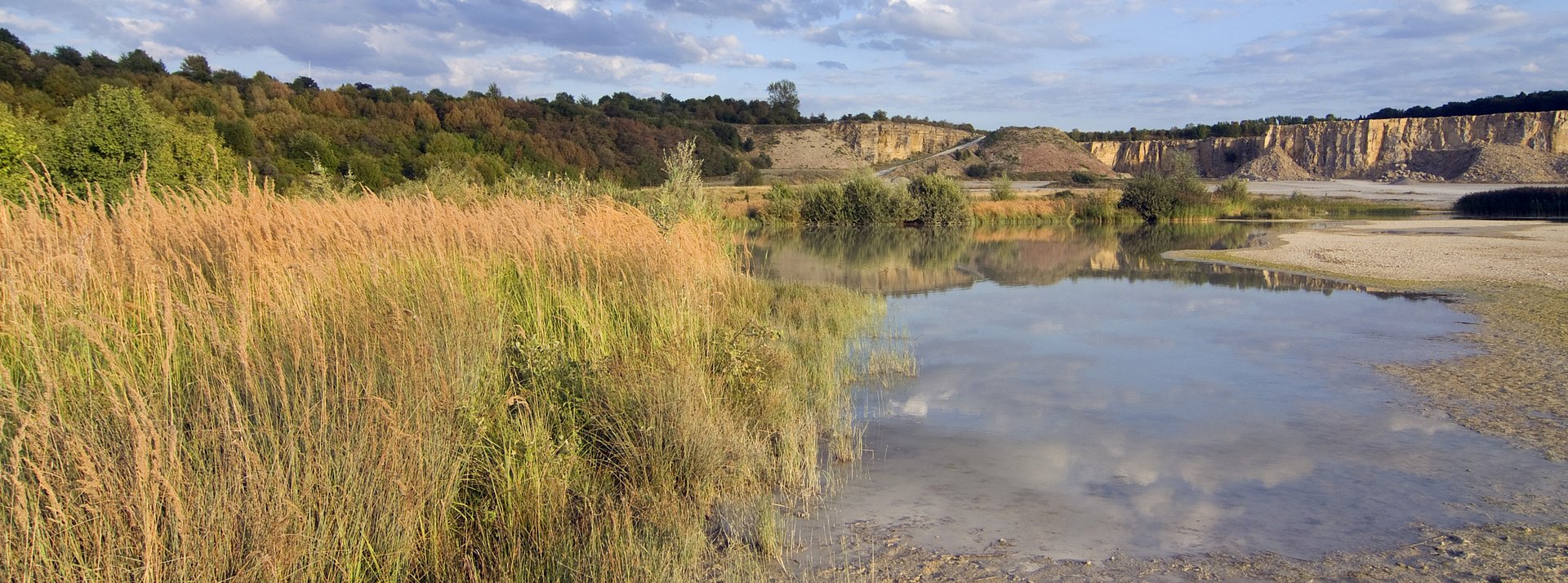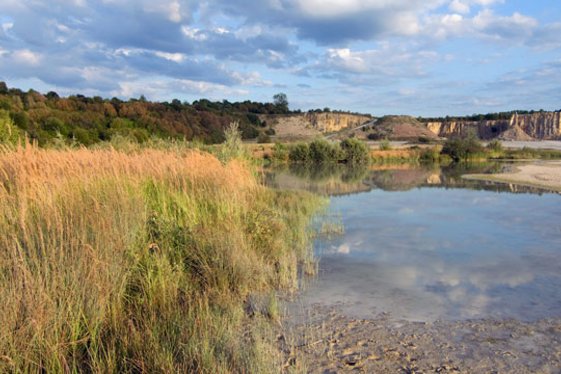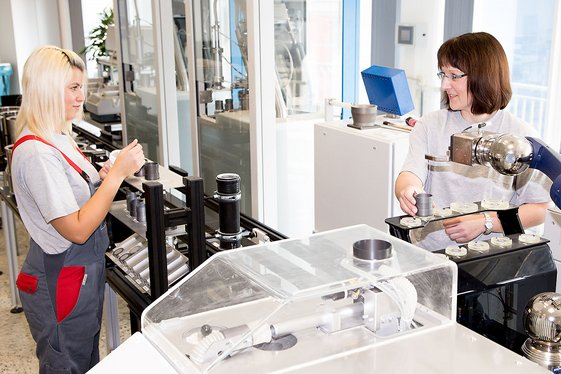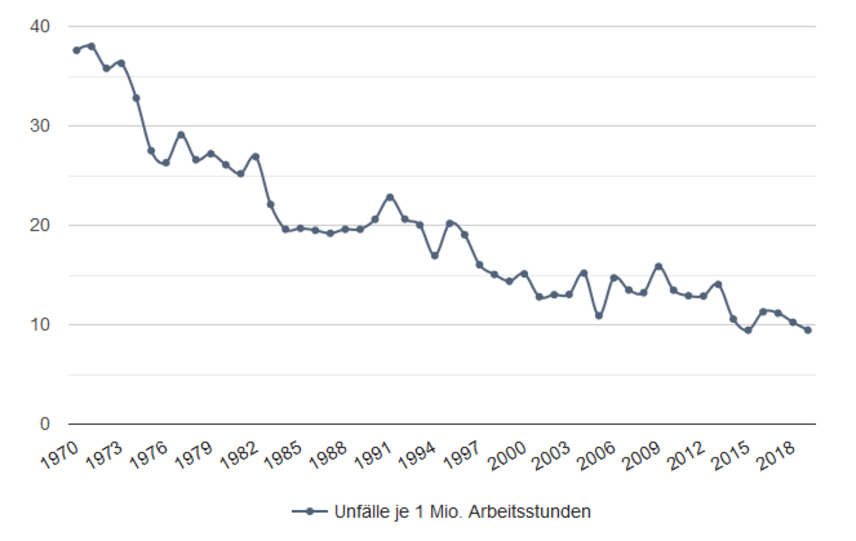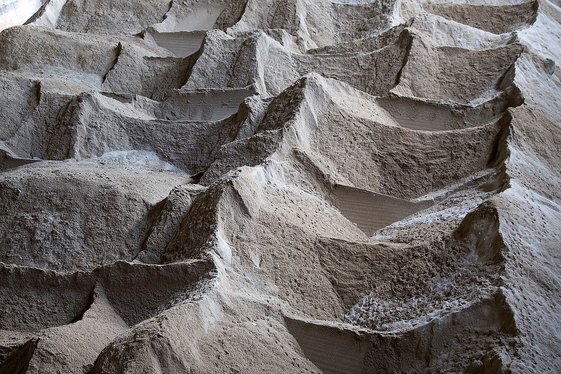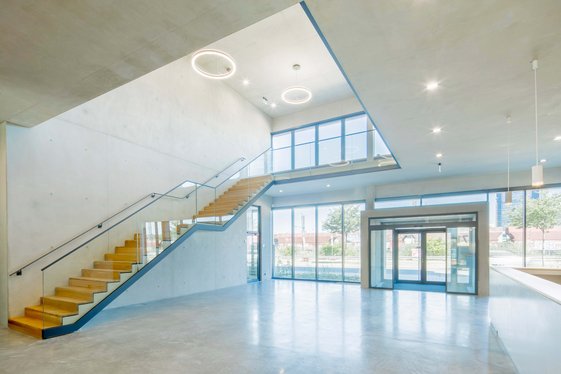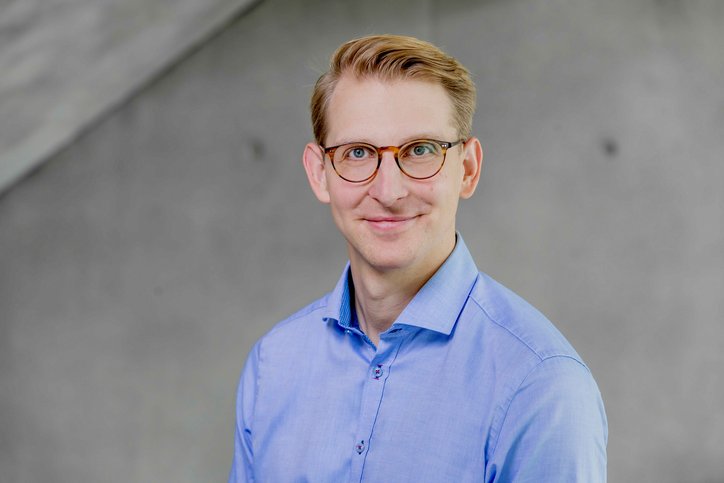In 2002, the social partners in the German cement industry signed an agreement on sustainable development within the sector, thus laying the foundation for the sustainability initiative of the German cement industry. This was the first industrial agreement of its type. The sustainability initiative is supported by the industrial unions for building-agriculture-environment (IG BAU) and mining, chemicals, energy (IG BCE), as well as by the Socio-political Working Group of the German Cement Industry (SPADZ) and the German Cement Works Association (VDZ). The social partners work together on topics of central relevance to the sustainable development of the industry.
After almost 20 years the initiative can look back on a number of successful projects.
Important areas of activity include:
- Finding a balance between the needs of raw material extraction, safeguarding employment and nature conservation
- The reduction of CO2 emissions, the enhancement of energy and resource efficiency and the conservation of natural resources
- Qualification schemes and supply of information for cement plant employees
- Industry 4.0 – digitisation and big data
